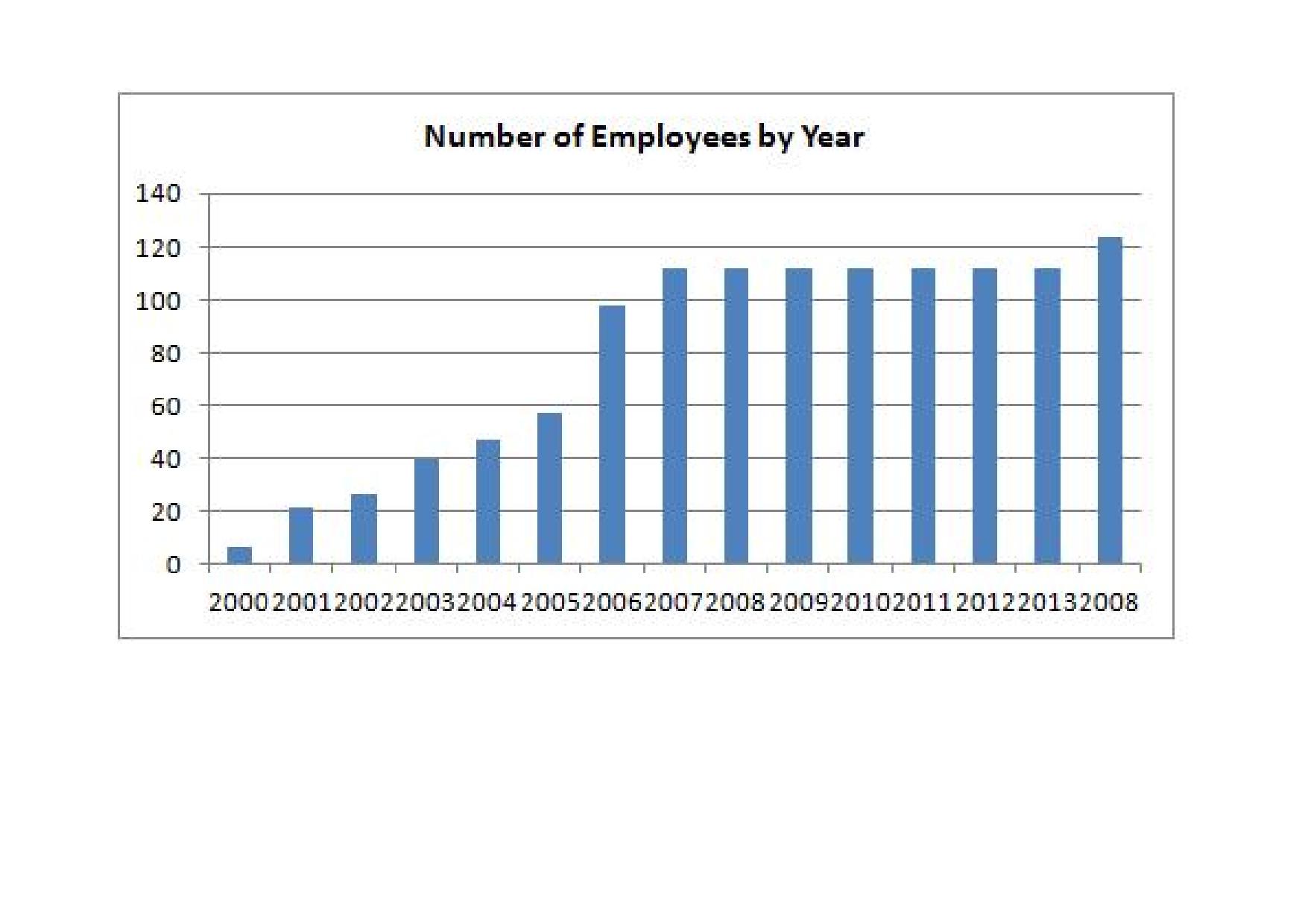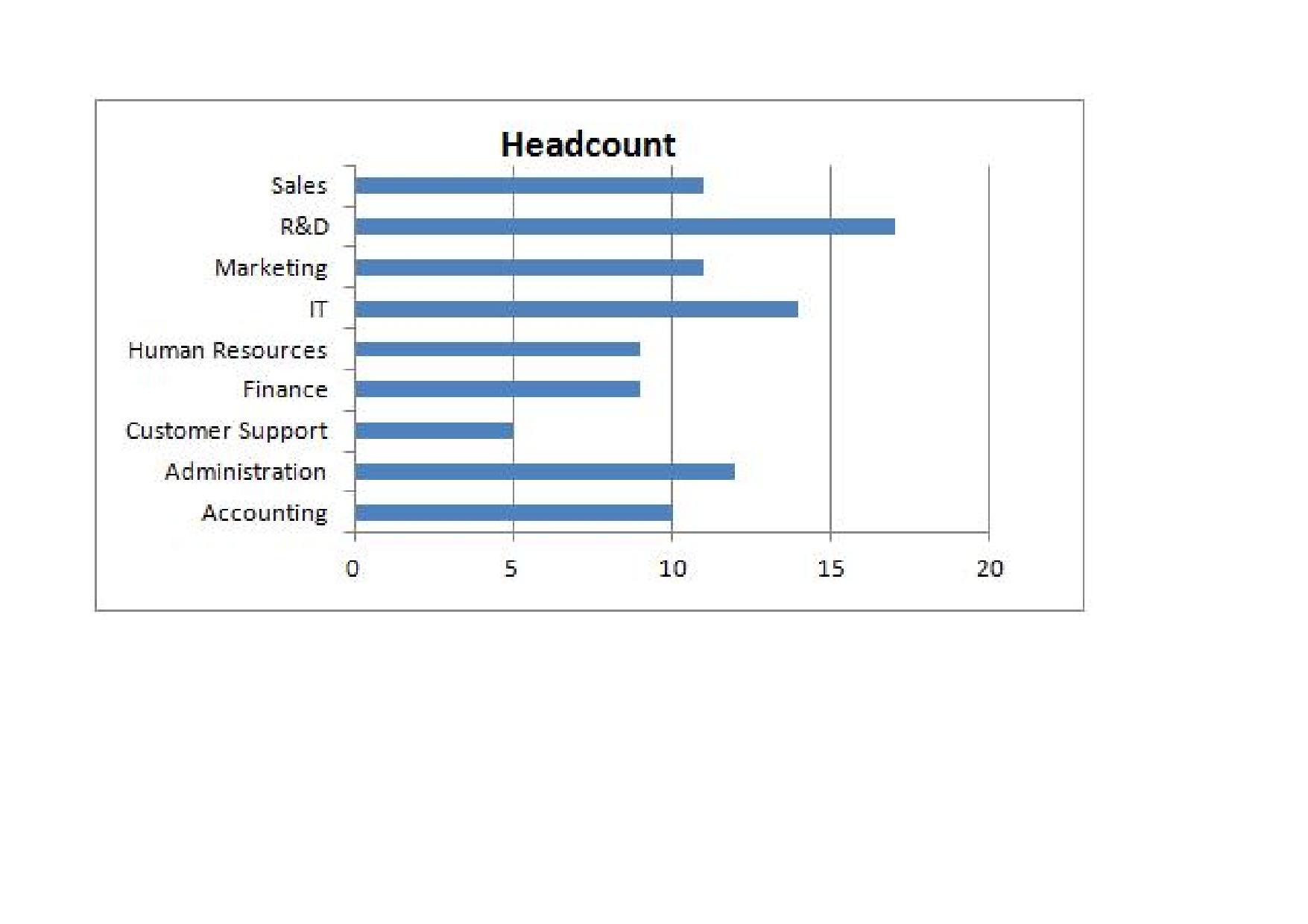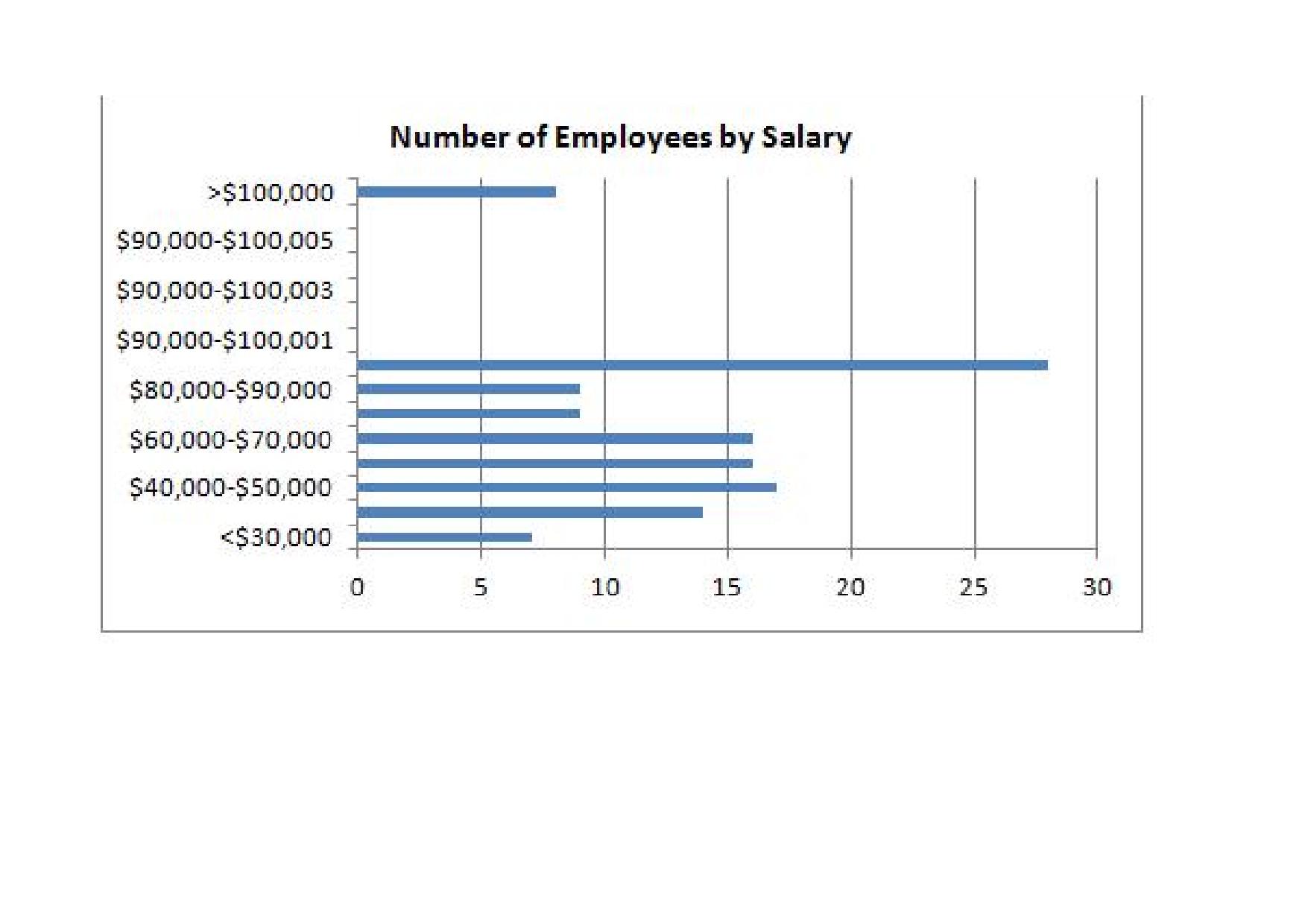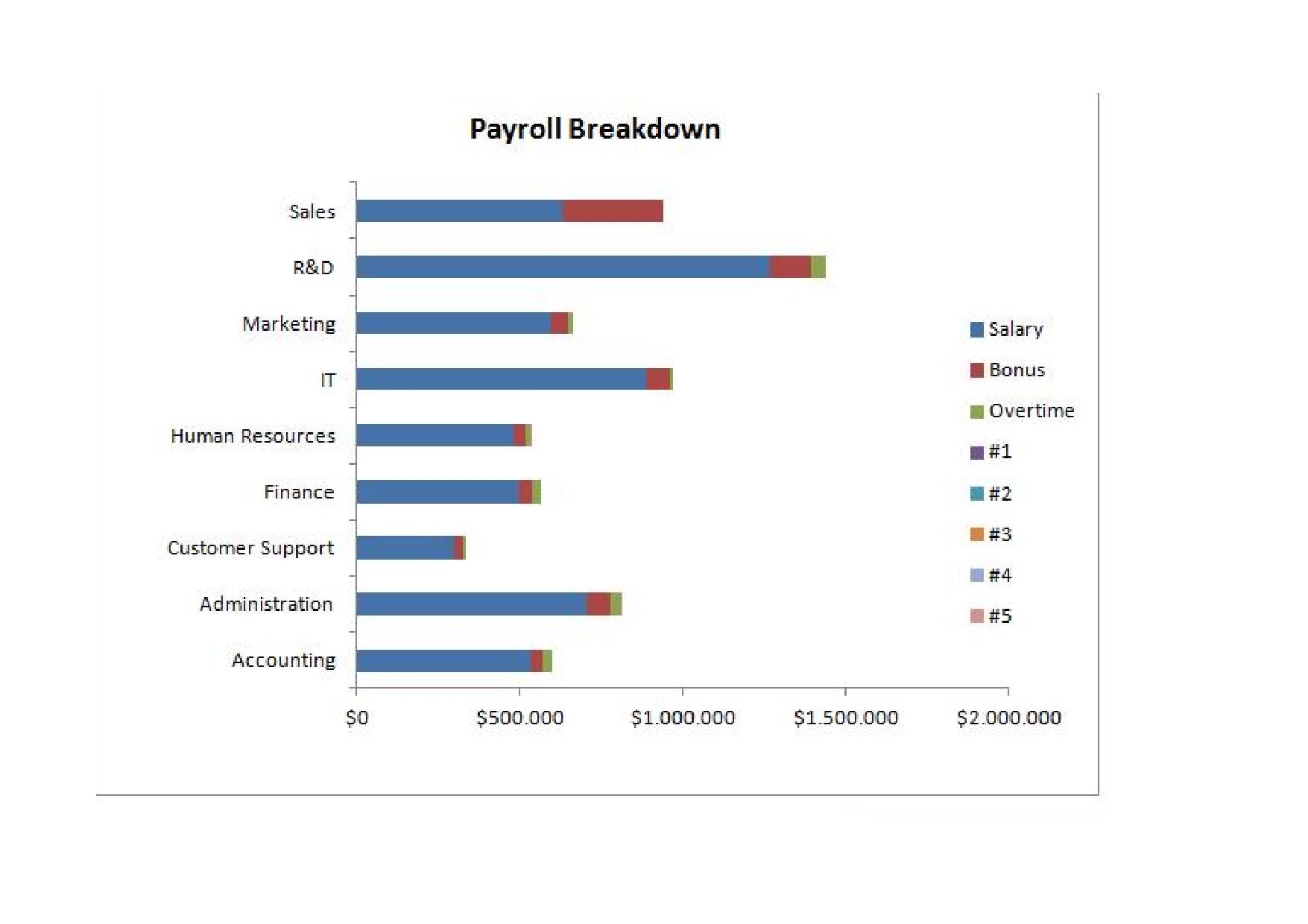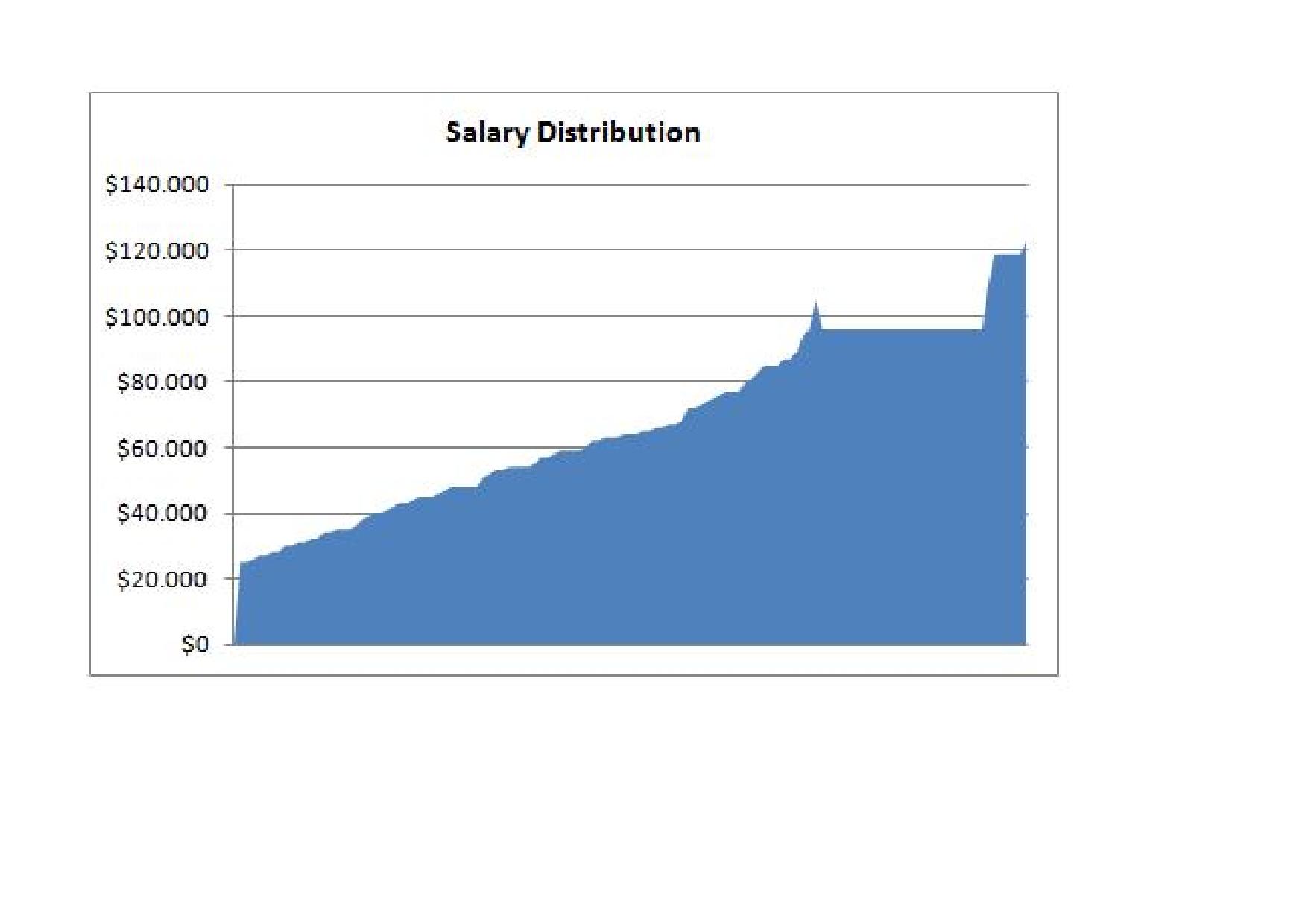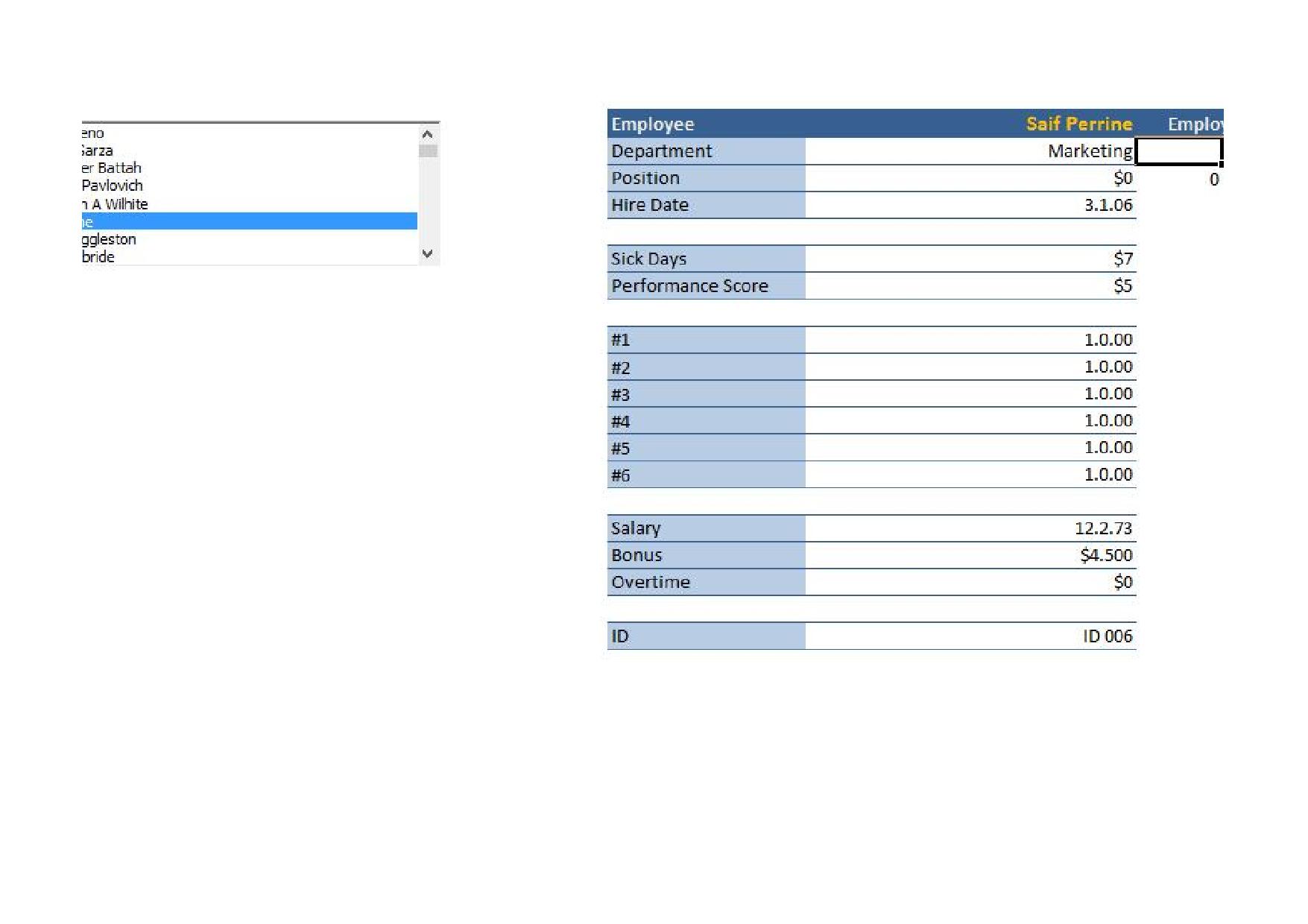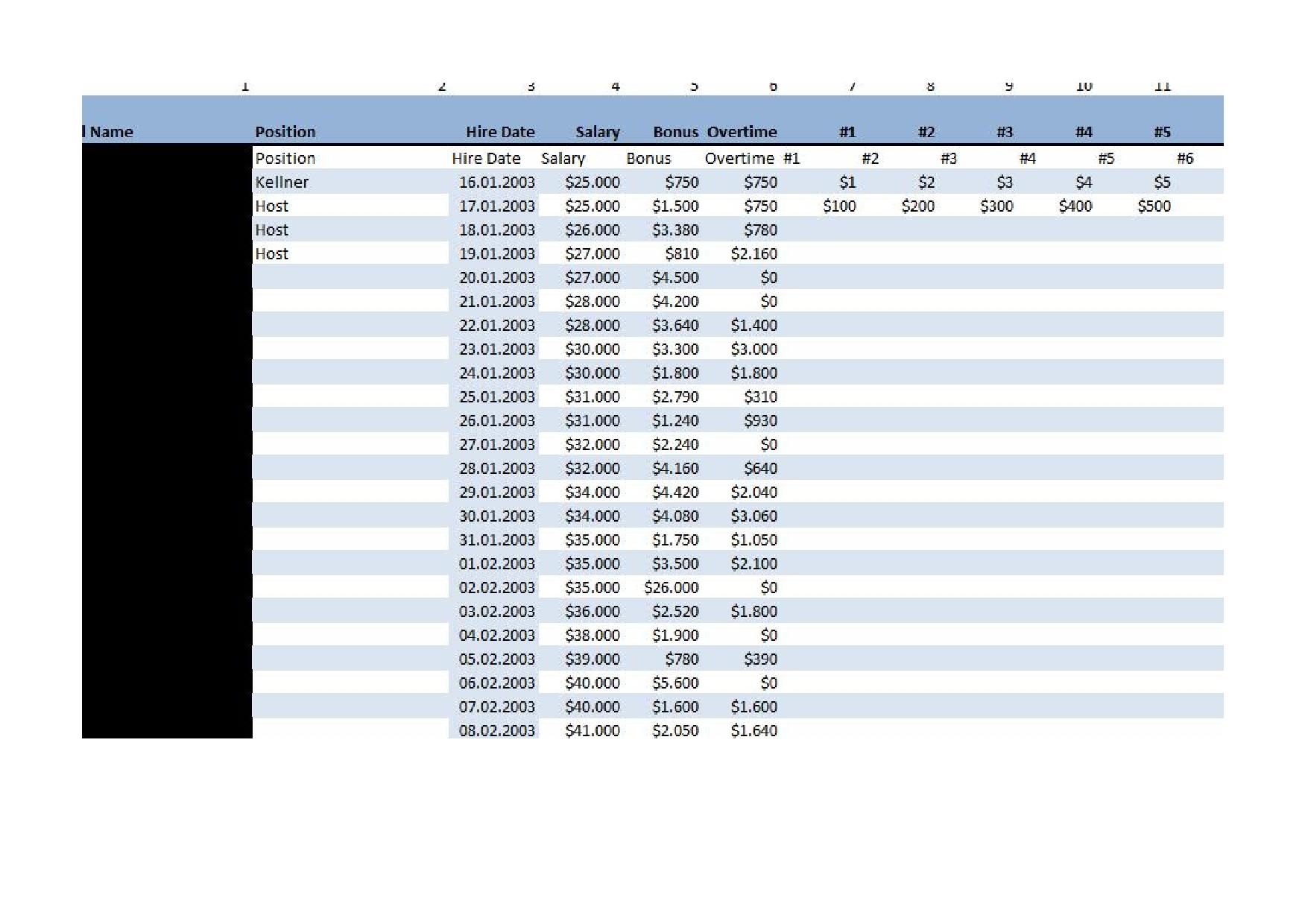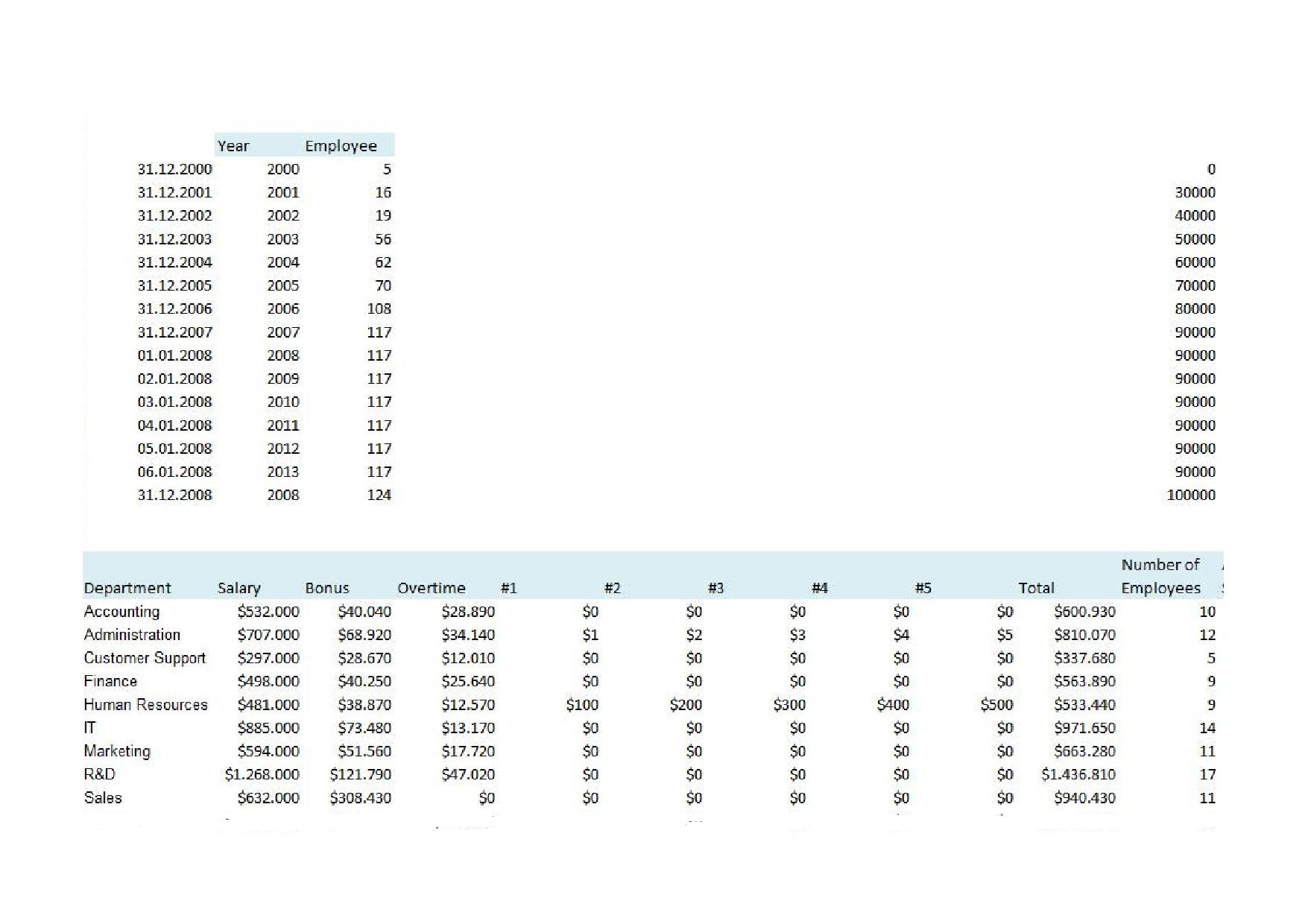HRM Employees . Budget, Cost & Salary
Planning and integration of costs for employees in the F & B department help in advance to create a cost management. The sustainability and required controls are the main factors which lead to success and planned earnings.
HRM *Business partners* Talent management* Employee engagement* Supply chain
Employee Salaries
The percentage of your budget allotted for labor, which includes employee salaries, also takes into consideration payroll
and unemployment insurance taxes, benefits, reimbursements, overtime, workers compensation, leave time and holiday pay.
Leave room in your budget for raises that may be earned by your top performers. Depending on the sector of your business,
you may spend between 40 to 80 percent of gross revenues on employee salaries and benefits combined. Salaries alone can account
for 18 to 52 percent of your operating budget, according to the Society for Human Resource Management.
What is the importance of salary budgeting?
Importance of Salary Budgeting Template. Payroll budgeting includes foretelling budgets for fixed manpower cost, attrition rate, retention cost, re-hiring cost, expansion cost, training cost, retirement cost, employee engagement cost, etc. Payroll budget needs to be flexible in order to accommodate unexpected variation due to change in the economy.
How much does it cost companies to lose employees?
There Are Significant Business Costs to Replacing Employees!
Implementing workplace policies that benefit workers and help boost employee retention is not simply a thing for businesse
nice to do for their employees. Maintaining a stable workforce by reducing employee turnover through better benefits and flexible workplace policies also makes good business sense, as it can result in significant cost savings to employers.
Thirty case studies taken from the 11 most-relevant research papers on the costs of employee turnover demonstrate that it costs businesses about one-fifth of a workers salary to replace that worker. For businesses that experience high levels of turnover, this can add up to represent significant costs that can potentially be avoided by implementing workplace flexibility and earned sick days at little or no cost at all.
Indeed, it is costly to replace workers because of the productivity losses when someone leaves a job, the costs of hiring and training a new employee, and the slower productivity until the new employee gets up to speed in their new job. One analysis review 30 case studies in 11 research papers, published between 1992 and 2007 that provide estimates of the cost of turnover, finding that businesses spend about one-fifth of an employees annual salary to replace that worker.
For all positions except executives and physicians jobs that require very specific skills across the remaining 27 case studies, the typical (median) cost of turnover was 21 percent of an employees annual salary.
Jobs that are very complex and that require higher levels of education and specialized training tend to have even higher turnover costs. In one study, economist Eileen Appelbaum and sociologist Ruth Milkman find that executive positions, which are well-compensated and likely have stringent educational credential requirements, have higher turnover costs than jobs with low educational requirements. Very highly paid jobs and those at the senior or executive levels tend to have disproportionately high turnover costs as a percentage of salary (up to 213 percent), which skews the data upwards.
Because some jobs have very high costs of turnover and others are less significant, there is a wide range of estimates across all types of employment.
The estimates of the cost of turnover in the case studies range from 5.8 percent up to 213 percent, depending on the job and employee skills. But the estimates are clustered around the typical (median) values. Looking only at estimates of the cost of turnover for workers earning, on average, $75,000 per year or less, 17 case studies find a cost of turnover in the range of 10 percent to 30 percent.
The cost of turnover is an important economic issue because about one-fifth of workers voluntarily leave their job each year and an additional one-sixth are fired or otherwise let go involuntarily. While workers who were laid off might not be replaced at all, for other kinds of workplace exits it doesnt matter whether an employee left a firm voluntarily or whether they were fired ”the reality is that it will cost the firm to replace that employee. In the long-term, even if a firm saves money by firing an employee who has stolen or has very low productivity, in the short-term the firm must address the costs of replacing that worker with one who will perform the job better than the one fired.
The Great Recession sharply increased the share of workers involuntarily leaving their jobs. At its peak in early 2009, the share of the total labor force subject to what the Bureau of Labor Statistics calls layoffs and discharges but what those affected might refer to as getting canned was 2 percent, up from 1.2 percent in 2006, before the recession began. As unemployment remained high, the recession and subsequent recovery reduced the number of workers who voluntarily left a job. In 2011, 23.6 million workers for 17.9 percent of the total workforce quit their jobs, down from 22.6 percent.
Employee engagement
Employee engagement is a human resources concept that describes the level of enthusiasm and dedication a worker feels toward their job. Engaged employee cares their work and about the performance of the company, and feels that their efforts make a difference.
How does engagement affect in the company?
Its what drives the employee to go above and beyond the basic requirements of the job. As we have seen, do it well and employee engagement can have a major impact on your companies profit. After all, its logical that a happy, contented and engaged workforce will deliver increased productivity and enhanced customer service.
What are the most important employee engagement programs?
Hold on office hours / working time. This is one of the most significant employee motivation programs for upper management. Holding on office hours / working time is a great way to make yourself more approachable to the entire company. Allow people to come in for office hours to give feedback, talk concerns, and explore new ideas!
Why are employees so engaged in their work?
Engaged employees understand how the work of their team contributes to the organizations success. The individual staff member has a clear sense of how they fit into the company. The individual employee feels appreciated and valued by the organization.

